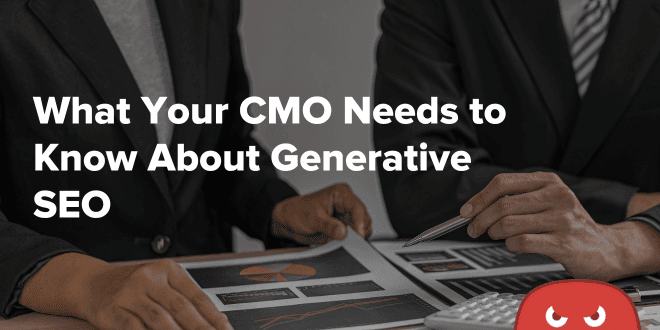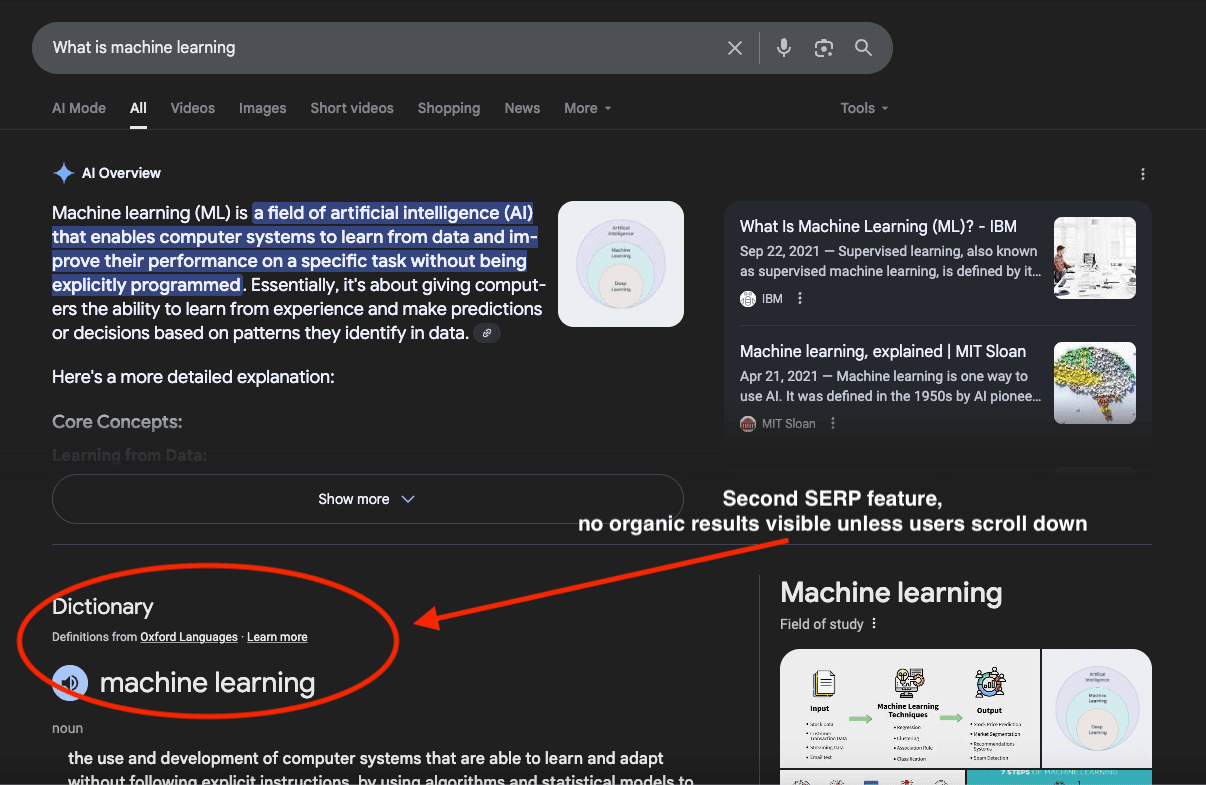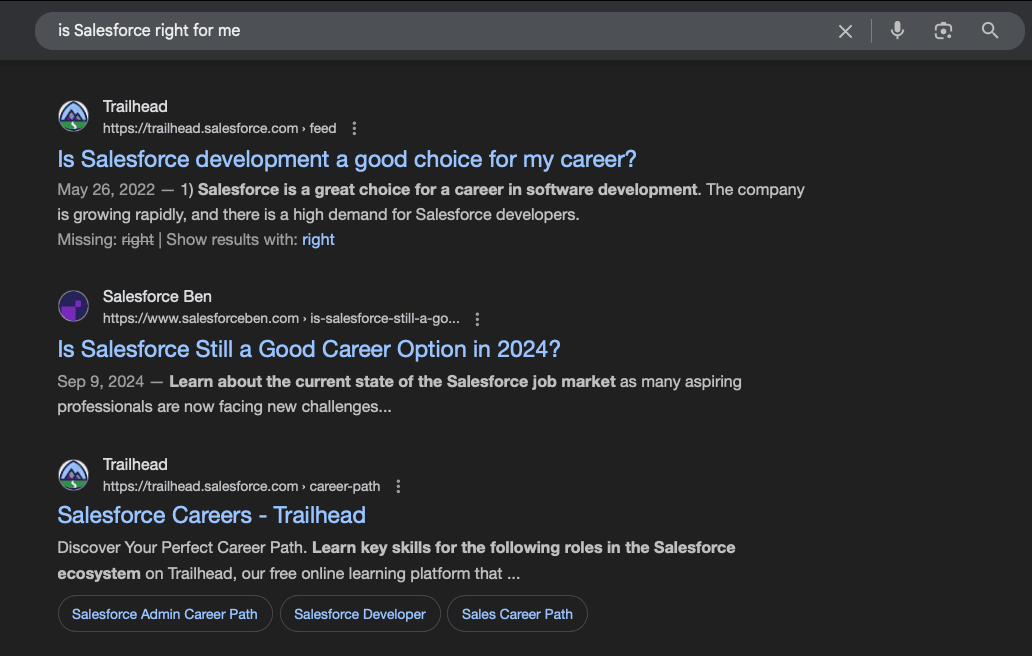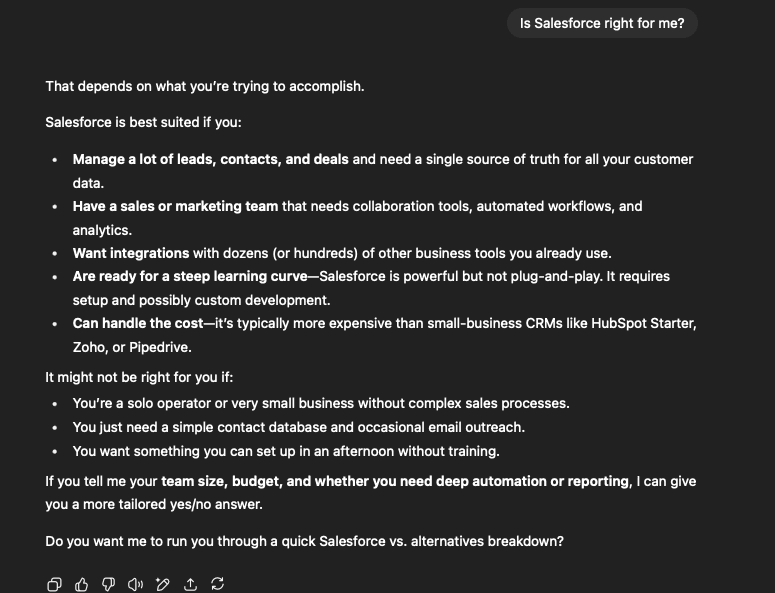
From SERPs to Summaries: Where AI Enters the Picture
Besides the rising popularity of platforms like ChatGPT and Perplexity, the almighty Google now features LLM-powered search with its AI Overviews (AIOs). At first, AI Overviews only appeared for a handful of queries, but as of March 2025, they’ve become far more prevalent (they also received an upgrade to Gemini 2.0). Currently, AI Overviews appear for 29.9% of all Google searches, and they most commonly appear for problem-solving and question-based keywords (74% and 69%). In other words, they dominate the SERPs (search engine results pages) for informational keywords. Moreover, when they do appear, they practically take up the entire page. Besides the three sources cited in the Overview, virtually no organic results are visible unless a user scrolls down (especially if there’s more than one SERP feature like a dictionary definition): As you can see here, the AI Overview and Dictionary SERP feature makes it so that no organic results are visible unless you scroll down.
What does this mean for SEO?
It means that when AI Overviews are present, traditional click-through rates plummet.
Research by Ahrefs found that they actually reduce clicks by 34.5%.
That’s not good news for websites that rank relatively well organically but aren’t appearing in many AI Overviews (especially for informative, top-of-the-funnel keywords).
The flip side?
Appearing as a cited source in an AI Overview has the potential to improve your click-through rate (CTR) by nearly 80%.
A study by Seer Interactive discovered that a web page’s organic CTR increased to 1.08% from 0.6% whenever they get cited in an AIO.
That means improving your visibility on AIOs has the potential to generate more clicks to your site, which is definitely worth bringing up to your CMO.
However, as we’re about to explore, click-through rates and search rankings aren’t the best metrics to use to calculate your ROI from AI search. Instead, you need a new set of KPIs to properly measure your brand’s increased exposure and lead generation from optimizing for AI visibility.
As you can see here, the AI Overview and Dictionary SERP feature makes it so that no organic results are visible unless you scroll down.
What does this mean for SEO?
It means that when AI Overviews are present, traditional click-through rates plummet.
Research by Ahrefs found that they actually reduce clicks by 34.5%.
That’s not good news for websites that rank relatively well organically but aren’t appearing in many AI Overviews (especially for informative, top-of-the-funnel keywords).
The flip side?
Appearing as a cited source in an AI Overview has the potential to improve your click-through rate (CTR) by nearly 80%.
A study by Seer Interactive discovered that a web page’s organic CTR increased to 1.08% from 0.6% whenever they get cited in an AIO.
That means improving your visibility on AIOs has the potential to generate more clicks to your site, which is definitely worth bringing up to your CMO.
However, as we’re about to explore, click-through rates and search rankings aren’t the best metrics to use to calculate your ROI from AI search. Instead, you need a new set of KPIs to properly measure your brand’s increased exposure and lead generation from optimizing for AI visibility.
The Real Business Value of Generative SEO
Brands are slowly discovering that they’ve benefited from optimizing for AI SEO, just not in the traditional sense. For instance, Clerk.com saw a 9% increase in sign-ups despite having their organic CTRs fall. Moreover, they were able to attribute the 9% sign-up boost directly to AI-sourced traffic (Forecast ‘From Keywords to Citations’). Remember when we said that CTRs are obsolete for measuring AI visibility? That’s why. Brands are seeing CTRs drop, yet things like direct brand searches and brand recall rise at the same time. So, while digital marketers everywhere are losing their minds over the rise of zero-click searches, it seems that their fear is undue. Appearing in things like AI Overviews and AI-generated summaries helps you stick in customers’ minds. They will recognize you as a trusted resource in your field and remember you for later. As a result, clicks from AI-generated summaries may be delayed by several days or even weeks. However, when the traffic does come, it tends to convert very well. Semrush found that AI search visitors convert 4.4x better than traditional organic search visitors. Why is that? It’s likely because whenever a user sees your brand cited by an AI search tool, they tend to be more educated and ready to find a solution. This is no doubt due to the way LLM search operates. Instead of seeing a sea of blue links, users receive direct, detailed answers to their queries. For example, here’s what Google search looks like when we look up ‘is Salesforce right for me?’ While there are links to click on and meta descriptions to read, there’s not much general information to educate users. Compare that to this response from ChatGPT:
While there are links to click on and meta descriptions to read, there’s not much general information to educate users. Compare that to this response from ChatGPT:
 Here, ChatGPT tells us the best use cases for Salesforce.
Direct question, direct answer.
The result of AI-powered search is a more educated audience, which can greatly benefit your brand if you’re leveraged to appear in AI summaries and Overviews.
Here, ChatGPT tells us the best use cases for Salesforce.
Direct question, direct answer.
The result of AI-powered search is a more educated audience, which can greatly benefit your brand if you’re leveraged to appear in AI summaries and Overviews.
More influence across multiple platforms (Google, Bing, Perplexity, Claude, ChatGPT, etc.)
Don’t get us wrong, we’re not saying you should tell your CMO to abandon organic SEO in favor of AI search optimization. What we are saying is that optimizing for AI search now will increase your brand’s reach and generate more conversions. At the same time, many of the optimizations necessary to improve AI search also benefit SEO, although that’s not always the case. Take brand mentions, which are one of the most important visibility factors for AI search tools. If you engage in a digital PR campaign, you’ll generate more linked brand mentions, which benefits both AI search and traditional search visibility. High-quality brand mentions and backlinks like these will improve your brand’s authority, leading to higher rankings and more AI citations. By targeting AI platforms AND traditional search engines, you’ll dramatically expand your brand’s influence, and what CMO wouldn’t want that?What CMOs Need to Start Funding for Generative SEO (and Why)
 Okay, now that the convincing is out of the way, let’s talk about the tactics your CMO needs to fund to ensure a successful AI SEO strategy.
Okay, now that the convincing is out of the way, let’s talk about the tactics your CMO needs to fund to ensure a successful AI SEO strategy.
Structured content
LLMs prefer pulling from content that’s well structured and easy to parse. By that, we mean content that uses:- Schema markup to label things like products, FAQ sections, and reviews
- Short paragraphs
- Bulleted and numbered lists
- Clear definitions and concise answers
Digital PR for brand mentions
On search engines like Google, backlinks are your major trust builders. LLMs are different, and they value brand mentions on authoritative publications above all else (whether they contain a backlink or not). Because of this, digital PR is one of the most effective ways to improve your brand’s visibility on AI search tools. Digital PR techniques to obtain brand mentions include:- Providing expert quotes and resources to journalists through platforms like HARO and Qwoted.
- Creating original research to attract backlinks and brand mentions from related websites.
- Newsjacking trending stories to include your brand.
| Want to earn more brand mentions but lack the time or expertise? Our Digital PR Service is what you need! |
Technical optimization
Last but not least, your website still needs excellent technical SEO to perform well in AI search. If there’s one thing LLMs and Google have in common, it’s an aversion to slow websites with poor user experiences. You need to make sure your site loads fast and is free of indexing errors as well. After all, if your content isn’t indexed, AI search tools have no way of accessing it! Technical audits also include testing and validating your schema markup and semantic HTML, both of which are massively important for AI SEO.| Need to get your technical SEO up to snuff? One of our Technical Audits is the perfect solution! |
Final Thoughts: Aligning Generative SEO with Business Growth Goals
The best way to convince your CMO to invest in AI search optimization is to align it with your major business growth goals. Do you need more conversions? Then, you should mention the Semrush study about AI-sourced traffic converting 4.4x better than regular traffic. Do you want more exposure? Focus on how AI search visibility will expand your brand reach. Regardless of your internal goals, there’s bound to be a way that an AI search campaign will help them, so frame the narrative accordingly. Doing so will make it easier to approach your CMO and actually get a ‘yes’ when asking for AI SEO funding. Would you rather have us handle your SEO (and AI SEO) instead? Don’t wait to check out HOTH X, our 100% hands-free service!The author
Rachel Hernandez
description
Previous
Structured Data is the New SEO Cheat Code
Next
SEO Attribution Chaos: Why Organic Deserves More Credit Than It Gets
Discussion
Comments
Shuhaib Kp
September 18th, 2025
Thanks for sharing an Interesting topic
Mohammed Ashmal
September 7th, 2025
Interesting topic! Generative SEO is definitely something CMOs need to pay attention to. With AI reshaping how search works, understanding this shift can make the difference between leading the market and falling behind.”
Louise Savoie
September 1st, 2025
Great read! This article is a good reminder that SEO today is part of the bigger picture of brand growth, not just a technical task. Thanks for sharing!
